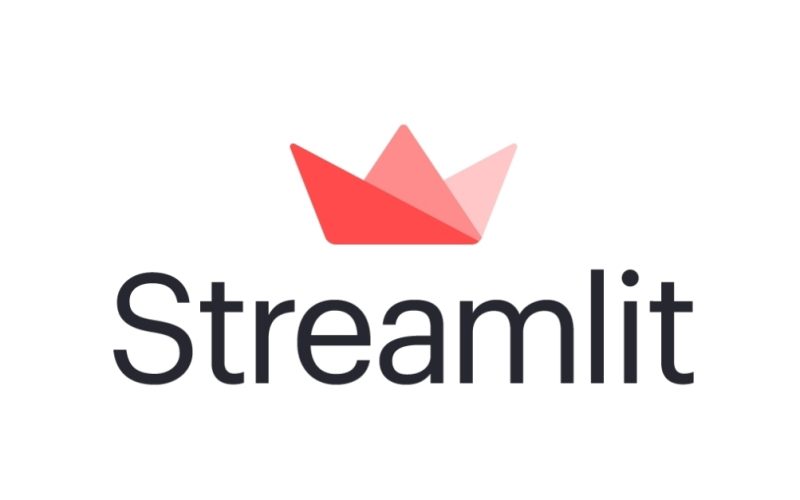Introduction
Data science has long been viewed as an esoteric field, accessible only to those with advanced degrees in computer science and a deep understanding of complex algorithms. However, the recent surge in data-driven decision-making across various industries has created an unprecedented demand for tools that make data science more approachable and efficient. Streamlit is one such tool that has risen to prominence, democratizing the way data scientists and engineers share insights, build prototypes, and create interactive web applications with ease. This essay delves into Streamlit’s capabilities, benefits, and impact on the data science landscape.
A Brief Overview of Streamlit
Founded in 2018 by Adrien Treuille, Amanda Kelly, and Thiago Teixeira, Streamlit is an open-source Python library designed to turn data scripts into shareable web applications. The platform’s central promise is to significantly reduce the time and effort required to create data dashboards, visualizations, and apps. With just a few lines of Python code, Streamlit enables users to build interactive, real-time applications without needing extensive knowledge of HTML, CSS, or JavaScript.
Features and Functionality
Simplicity and Rapid Prototyping
One of Streamlit’s standout features is its ease of use. Even beginners can develop functional prototypes and apps in a matter of hours rather than weeks. By offering a host of widgets like sliders, checkboxes, and input boxes, Streamlit allows for easy data manipulation, making it convenient for users to interact with the application.
Integration with Data Science Libraries
Streamlit seamlessly integrates with popular data science libraries such as Pandas, NumPy, Matplotlib, and Plotly. This integration allows for effortless data manipulation and visualization directly within the Streamlit app.
Customizability and Scalability
Although designed for simplicity, Streamlit doesn’t compromise on customizability. Advanced users can extend the platform’s capabilities through Streamlit Components, a feature that lets them integrate custom JavaScript or React components into their apps. Moreover, Streamlit’s scalable architecture makes it equally useful for small prototypes and enterprise-level applications.
Deployment and Sharing
Streamlit has also simplified the deployment process with options like Streamlit Sharing and integration with cloud platforms, such as AWS and Azure. These features make it easier for teams to collaborate and share insights with stakeholders.
Impacts on the Data Science Community
Democratizing Data Science
Streamlit has empowered a broad spectrum of users, from hobbyists to professionals, by making data science more accessible. The platform is leveling the playing field, allowing individuals without a strong technical background to create valuable data applications.
Accelerating Time-to-Insight
Traditionally, extracting insights from data required a multi-step process, often involving multiple individuals with expertise in data extraction, transformation, analysis, and visualization. Streamlit streamlines this process, accelerating the time-to-insight and enabling faster decision-making.
Fostering Collaboration
Streamlit promotes collaborative data science by providing an efficient, user-friendly platform for sharing insights and applications. This collaborative aspect is integral in today’s interconnected work environments, where cross-disciplinary teams often need to work together on data-driven projects.
Conclusion
Streamlit has made significant strides in democratizing data science, making it more approachable, efficient, and collaborative. Its easy-to-use interface, extensive customization features, and seamless integration with other data science libraries have made it a go-to platform for rapid prototyping and application development. As organizations continue to recognize the value of data-driven decision-making, tools like Streamlit will play an increasingly important role in bridging the gap between data science and actionable insights.

